
Roger Pellett
-
Posts
4,519 -
Joined
-
Last visited
Content Type
Profiles
Forums
Gallery
Events
Posts posted by Roger Pellett
-
-
Greg,
That last picture is interesting. It would appear that the Navy built the carrier on top of the old collier without removing the old hatches.
Roger
- Canute, popeye the sailor, mtaylor and 2 others
-
 5
5
-
LJP,
I just stumbled onto this, and assumed that Wisconsin Steamboat applied to a boat on the St Croix River- Mississippi watershed. I was surprised and delighted to discover that the Fox River from Green Bay South was navigable and Western River type steamboats operated along it. This makes you an honorary Great Lakes Ship modeler!
I am looking forward to future posts.
Roger
-
-
Tim,
American Pilot vessel were specialized in both hull form and rig.
First of all, except for a brief time c1830’s when intense competition required long offshore voyages to secure work, they did not set square sails.
Second, in addition to the pilots, boats were manned by boat keepers, often apprentices. When the pilots had been placed aboard incoming vessels, the one or two boat keepers were expected to sail the boats home, so the rig was kept simple with the little running led to a point where it could be handled while the boat keeper manned the helm.
Third, these were the sports cars of their era; small, fast, and often short lived. As such, they were ideal platforms for builders to try out new ideas. For example, they were often rigged without standing rigging; shrouds or stays.
In the early 1800’s, before there was a US Navy to enforce American territorial rights, the Royal Navy often operated in the lower Chesapeake Bay. An officer by the name of George Tobin painted a series of pictures of Virginia Pilot Boats. Here’s one that I posted a while ago but illustrates my points.
-
Progress continues albeit at the all ahead slow bell, interrupted by the all back full bell. Hopefully I will get this done before the finished with engine bell.
Work has involved getting the hull halves ready to be joined. The first project was to add the fenders that run along the hull sides. Whenever a Ship on the Great Lakes is in one of the rivers connecting the Lakes, in one of the two connecting canals, or enters or leaves harbor, the captain is on the bridge and conns the vessel. Great Lakes Captains are considered by many to be some of the world’s best shiphandlers but never less, the vessel’s that they command do rub against things, sometimes on purpose. In one of the approaches to the SOO locks ships are controlled by “riding the wall.”
Benjamin Noble’s fender was made from 6”x8” oak timbers sandwiched between 3in x 3in structural steel angles, all layed end to end. In my case, I ripped two 1/16in x 32in maple strips, one per side, and skipped what would have been the four tiny angles. In my opinion, the slight simplification was better than something over scale. The fenders were secured with wooden pegs driven and glued into holes drilled into the wood core and through the paper planking.
Another project that took longer than expected was the engine room gangway. The only major opening in the side of lake freighters is the engine room gangway. In addition to providing access, it also provides a perch for the engineer to watch the world go by. The door was, and still is on modern vessels, closed by a “Dutch door” with top and bottom sections, and in good weather when entering or leaving port, the top section is often open. I decided to show the gangway on the starboard side with the top half open and the one on the port side closed. Although the opening and door frame is done for now, the interior is too black. I’ll have to figure out how to tone down the paint job. Although it now sticks up above the sheer, there is another deck to be added once the hulls, are joined.
I also spent considerable time completing the other openings like hawse pipes that attach to the hull. All are soldered brass.
the last distinctive hull feature that I built was the stern frame that holds the upper bearing for the rudder. The photo below shows the hull frame for the museum ship William A. Irvin in the Duluth Harbor.
- Mirabell61, TBlack, Cathead and 14 others
-
 17
17
-
We’ed like to see CatMan too!
- thibaultron, mtaylor, Canute and 1 other
-
 4
4
-
David,
If you have a tablet or cell phone with camera, you can take and post pictures that are “good enough” for a build log; see my Benjamin Noble, scratch built models 1900 and later for an examples taken by a complete point and shoot photo novice.
Once you have taken the pictures, go to the “Add Files” at the bottom of your post, select the pictures you want, and follow the prompts.
Our forum includes members that run the gamut from Professional model builders to novices building their first kit model. We all learn from each other. By posting your progress and frustrations you will gain the encouragement from our community to keep you going.
There are active ship model building clubs on the East and West Coasts and in Chicago that provide this advice and encouragement. Here, in a state with long driving distances and the possibility of nasty weather 5 months of the year, we don’t have that opportunity for face to face discussion and encouragement. Fortunately we have MSW.
Roger
- spars, mtaylor, thibaultron and 1 other
-
 4
4
-
Gregory,
You asked me what the advantage of my method is relative to iron on transfers.
In building ship models as in most other human endeavors I do not believe that there is such a thing as a “best practice.” There is only what works for me as an individual given my abilities, preferences, work habits, and resources.
In my case, I do not use computers to build ship models as I do not enjoy using them. I also do not like trying to learn “Apps” written by someone else. In addition, I like the feel and results from doing something with my own hands. My method, allows me to make simple designs on silkspan for things like flags without using a computer. Since, the designs that we are producing, are pre-computer, the few imperfections from my handwork are probably more like the real thing.
My method also makes use of cheap or free materials laying around my shop, and does not include use of fade prone computer inks. Several years ago, I pitched my trouble prone ink Jet printer, in favor of a B&W laser one.
To each is own, definitely applicable to ship modeling techniques.
Roger
- modeller_masa, thibaultron and mtaylor
-
 3
3
-
Very nice work, Christian. It looks like you’re going to need a 1:72 scale window washer when this is finished! 😁
- Bill Morrison and mtaylor
-
 2
2
-
Several years ago I built a vacuum forming box for a pair of 1:96 scale ships boats. The vacuum is provided by my shop vac.
I have also used this setup to print simple patterns on silkspan and rice paper.
The box is exactly that, a simple wooden box with an open top and a hole that fits the shop vac hose in the side. The silkspan is glued to a wooden frame that will fit over the box and the paper Is shrunk by spraying it with water. When dry it will be tight. A stencil was cut from Mylar drafting film. The frame with its paper is placed over the box, the Mylar stencil is placed on top, the vacuum is turned on, and the pattern is sprayed with acrylic paint. The vacuum sucks excess paint away and promotes quick drying. The result is a nice sharp image painted on the paper.
This technique could be used to print the crosses on silkspan sails.
Roger
- thibaultron, modeller_masa, tkay11 and 1 other
-
 4
4
-
David,
First of all I should add that I also referred to Ian McLaughlan’s excellent book, The Sloop of War. In it he discusses these ketches and includes Van DeVelde paintings and sketches of them as well as drawings of his own.
The Charnock Bomb ketch as well as the now lost bomb ketch model both thought to be Late Seventeenth Century both show recurved stems. The Hoy Lion, draught, Early Eighteenth Century shows this as well.
The recurve of the stem rabbit is a consequence of the tumblehome hull form. Since in these small vessels, the tumblehome is carried to the bow the rabbit must recurve.
I may have exaggerated this. It would be possible to leave the recurved rabbit line as is but to make the upper stem piece gradually wider as it gets higher so that it is more upright.
Roger
-
Last winter, I was inspired by Frank Fox’s book about the Four Days Battle and Richard Endsor’s recent books to see if I could reconstruct one of the small English ketches that accompanied the fleet. I used principal dimensions published for the ketch Roe and fractional dimensions for various whole moulding radii published by Endsor.
The results are posted below. As for a model, at the moment I am encouraged to make progress on my on and off again Benjamin Noble Lake Freighter Model. If I get bogged down, maybe I’ll model the ketch. Comments and criticism are encouraged.
Roger
-
Wefalk,
There used to be a US Company named Imrie Risley that made a wide range of cast metal 54mm military figures. Their range included some of the sixteenth century German Knights. Unfortunately they are no longer in business but their unpainted figure kits show up on eBay. You'll find them under Imrie Risley.
Roger
- Canute, Old Collingwood, FriedClams and 4 others
-
 7
7
-
Mineral spirits, aka paint thinners, are petroleum based. PVA glues are affected by alcohol. Wiping down the area in question with mineral spirits should not affect your glued joints. It is certainly a good idea to follow Richard’s advice to try any solvent that you intend to use on a couple of pieces of scrap glued together first.
Roger
-
Hi David,
I can’t answer your question, but I’m happy to see another modeler from Minnesota.
Roger
- mtaylor, spars and thibaultron
-
 3
3
-
HO Model Railroad scale is 1:87 and is very common, at least here in the US. There is also a tt scale that is 1:100. Railroads use lots of hand wheels so you should be able to find something from a model railroad supplier.
- mtaylor, Eurus and Keith Black
-
 3
3
-
Steven,
How about very thin wire?
- Keith Black, mtaylor, Louie da fly and 1 other
-
 4
4
-
-
I just backed up and read posts that I had missed. I didn’t realize that Packard made trucks, but then I know next to nothing about antique cars and trucks. The only thing that I know about Packard is that the name is associated with high end cars.
Was the Packard truck supposed to be a top of the line product too?
Roger
-
My cynical response to this is “chemistry is chemistry, the rest is marketing.” The label on your bottle describes it as a polyurethane varnish. That might mean that it’s no different chemically from the polyurethane varnishes sold for woodworking applications. Try it on a piece of scrap and see what happens.
I also like the Tamiya primers.
If you bought the filler from a hobby shop, it might actually be some kind of plastic material, so your sealer is actually sealing the plastic.
- Thukydides, mtaylor and Canute
-
 1
1
-
 2
2
-
-
True, but Goodrich has not actually made tires since the 1980’s. Their entire Akron manufacturing complex including a brand new headquarters building was closed in the late 1970’s. Their defense and aviation related businesses which were always a point of pride were merged into Colt Industries about 1985. About this same time they also sold off their plastics business. I believe that UniRoyal acquired their tire business which has apparently now become a Michelin brand. Like many other famous American businesses just a name on a product.
Roger
- thibaultron, popeye the sailor, Canute and 7 others
-
 2
2
-
 8
8
-
Tire Technology:
I grew up in Akron, Ohio, “The Rubber City.” Almost everyone that I knew had fathers who either worked for one of the four Rubber Companies headquartered there (Goodyear, Firestone, BF Goodrich, and General) or one of the companies that manufactured tire moulds. My father worked for BF Goodrich.
The original pneumatic tires that succeeded the solid variety were bias ply and used inner tubes. These were susceptible to catastrophic failure called blowouts. A perk from our fathers’ employment was the availability of inner tubes for swimming, resulting in a certain amount of “My tube is bigger than yours.” Some kids had truck and even heavy equipment tires. A friend of mine even had a wire frame with rudder and a sail that fitted over his.
The tubeless tire, a tire without inner tube, was developed by BF Goodrich. The development was lead by a man named William Perdreau who lived on the next street over. The tire was marketed in the 1950’s as a safer alternative to the tires with tubes as they were designed to deflate instead of blowout. These tubeless tires were still bias ply.
The radial ply tire came from overseas, I believe Michelin, and was originally marketed as a high performance premium tire. In the early 1970’s I was still buying bias ply tires every 10,000 miles for my Ford Maverick. By the late 1970’s the tubeless radial ply tire with an expected life of 40,000 miles had disrupted the industry. Goodyear is the The only Akron based American Independent Major Rubber Company left today. Firestone is part of Japanese owned Bridgestone, and BF Goodrich is just a brand name on a tire manufactured and sold by someone else.
Roger
-
This is hard to explain but I also find rifflers to be useful for working on flat surfaces where there is a spot that needs to attending to but things nearby would be damaged by the end of a flat file. The bent shape of the riffler allows its action to be concentrated at a localized spot.
Roger

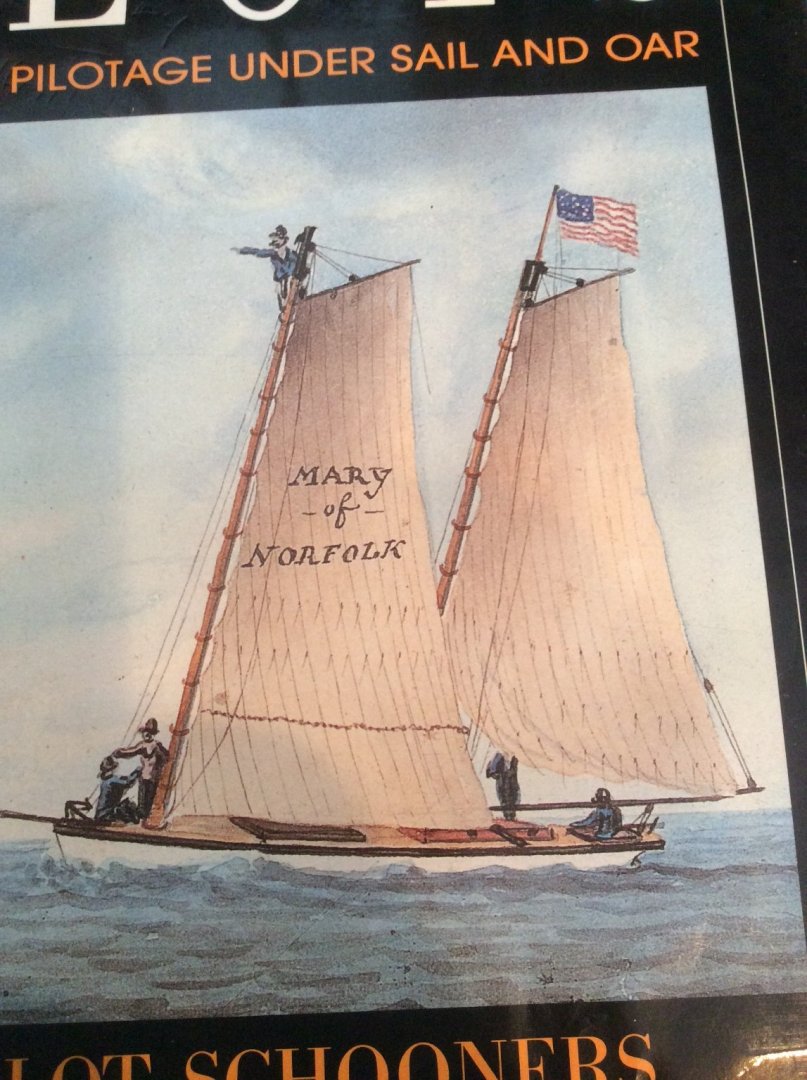
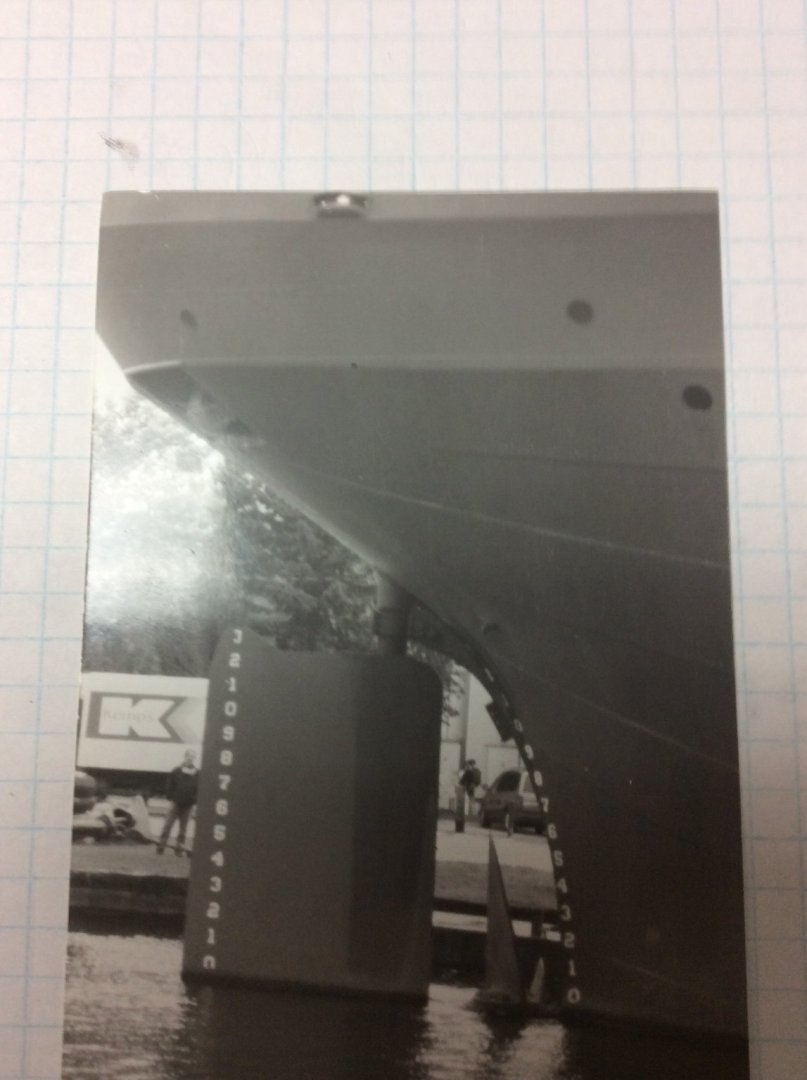
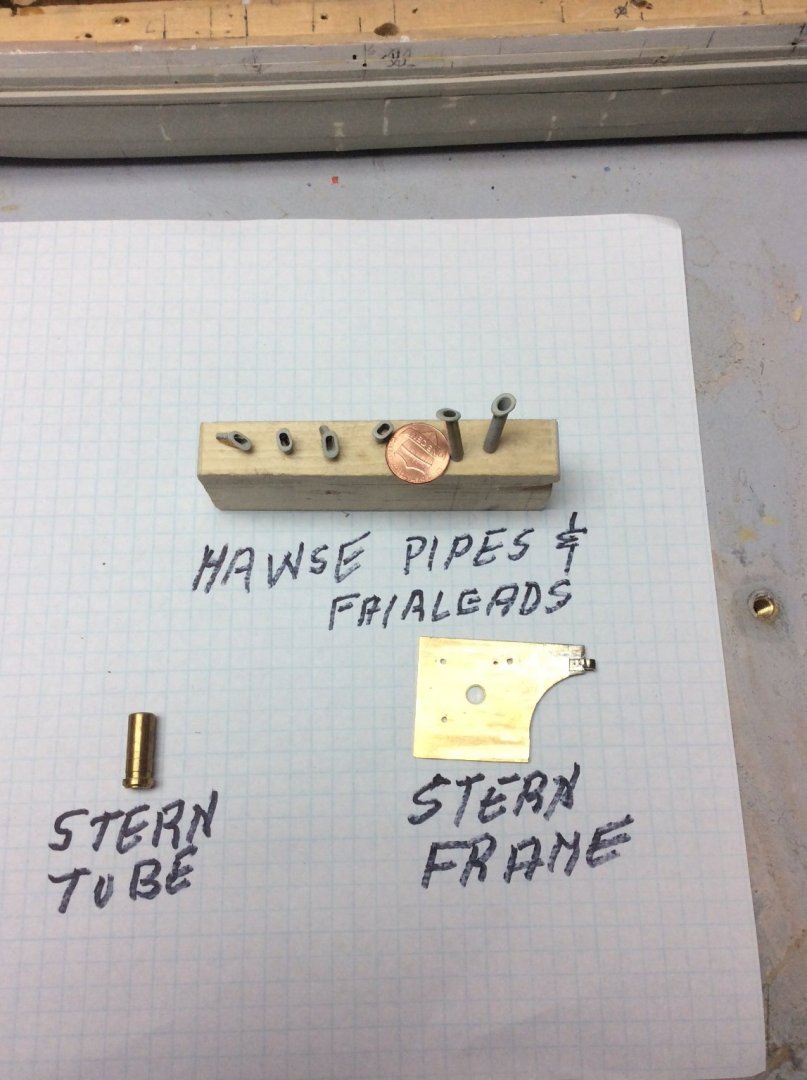
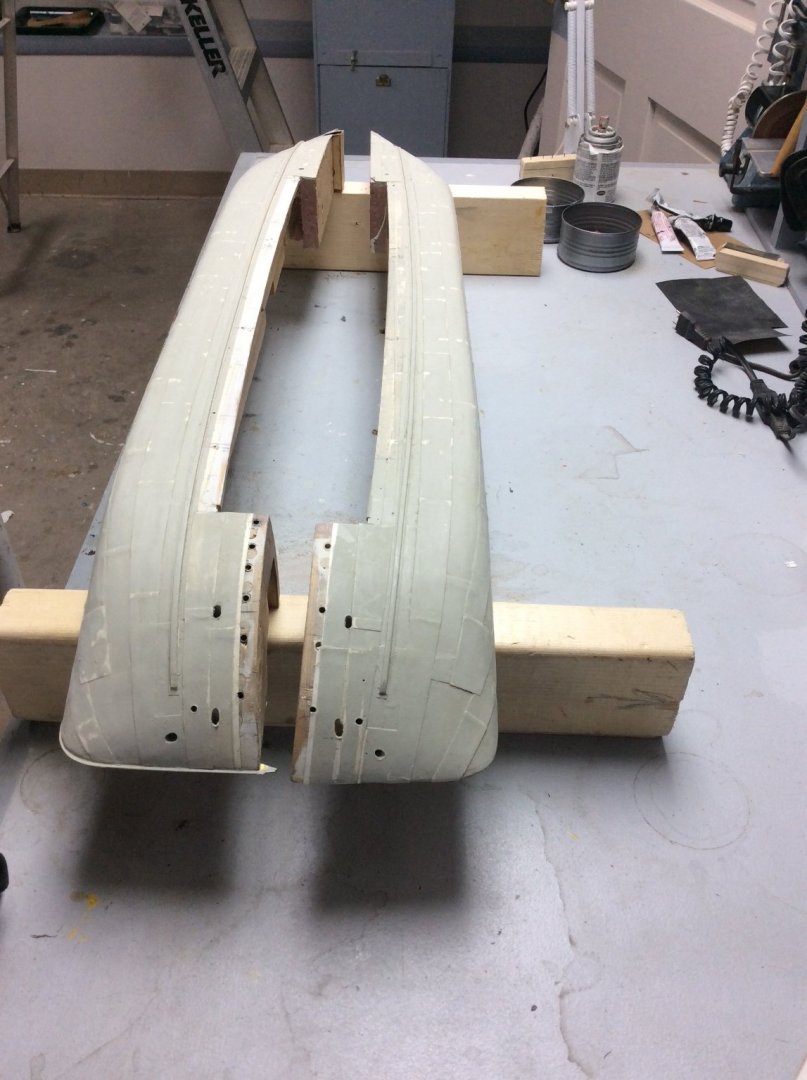
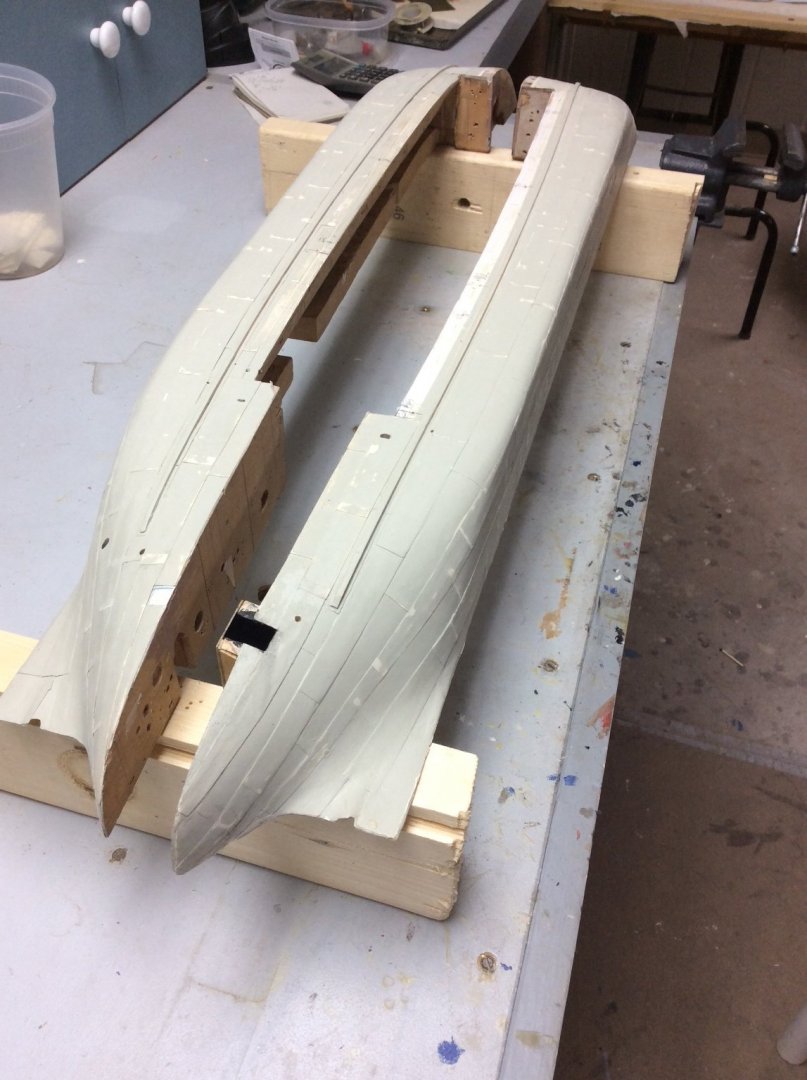

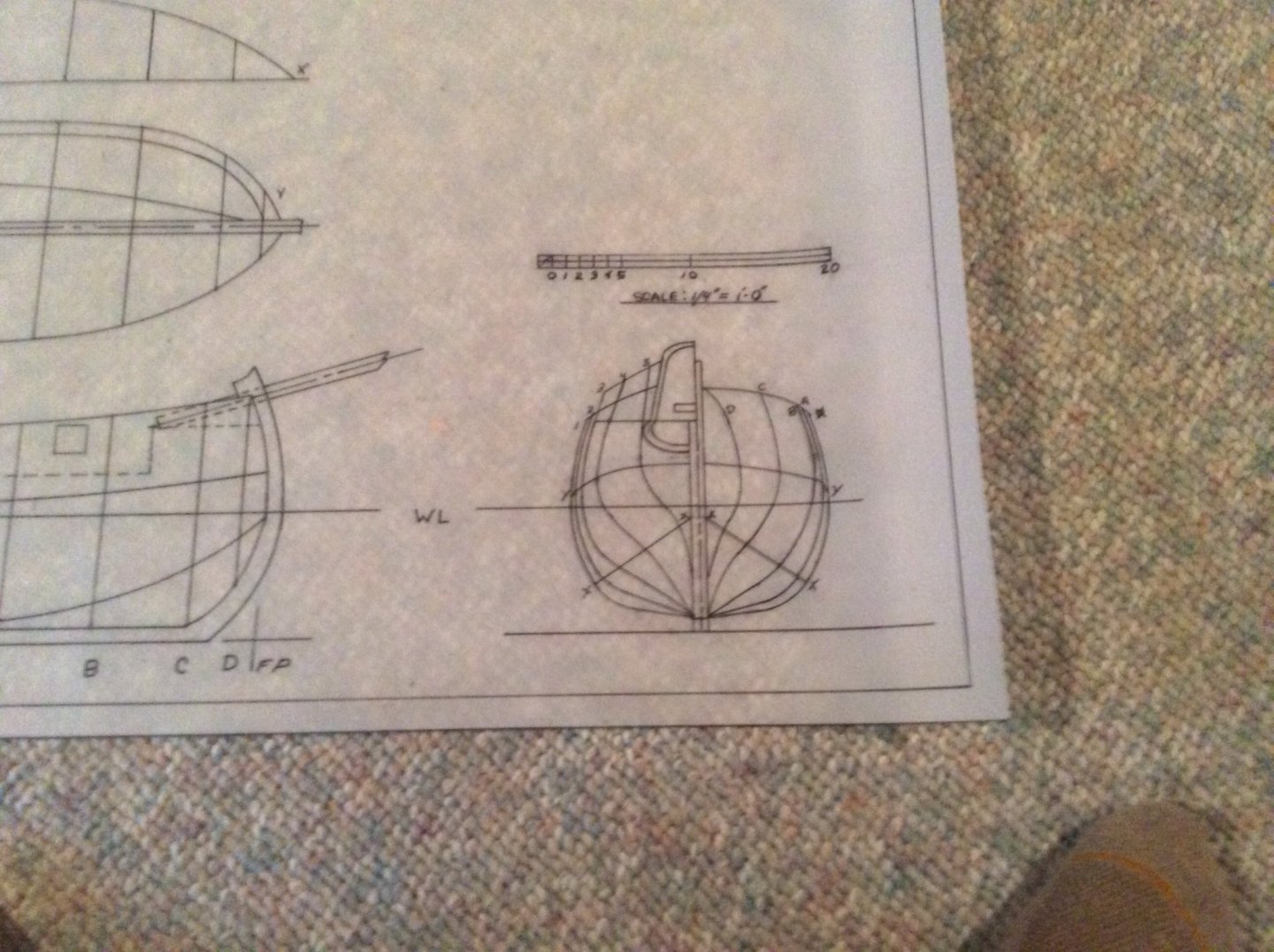
SS Edmund Fitzgerald by JKC27 - Scale 1/16" = 1ft - as she appeared before sinking on Lake Superior Nov 1975
in - Build logs for subjects built 1901 - Present Day
Posted
Carr’s Hobby Shop was just around the corner from my office. It was an interesting place in what was then a tough neighborhood. Curley’s Bar, his next door neighbor was the scene of all kinds of trouble, most, fortunately after dark.
It was an old time hobby shop with a huge inventory of stuff for virtually every kind of model building. There were all sorts of model airplanes hanging from the ceiling as well as a large inventory of model trains. He also bought and sold Lionel trains. In addition, he had a world class collection of full size train memorabilia.
For reasons unknown, Mr Carr and I never connected. Whenever I was in the store, any attempt to engage him in any conversation about modeling interests was fruitless. The last time that I visited the store I was interested in setting up Lionel trains for my grandchildren and needed a transformer. He reluctantly admitted that he could order a new transformer from Lionel. He died, maybe two years ago and when I read his obituary I thought, “Is this really the same guy?” I have no idea how they disposed of all of his stuff.
A model of Edmund Fitzgerald and I believe another Laker were displayed next to the door. I never realized that he offered kits for these ships. They were handsome models.
Roger